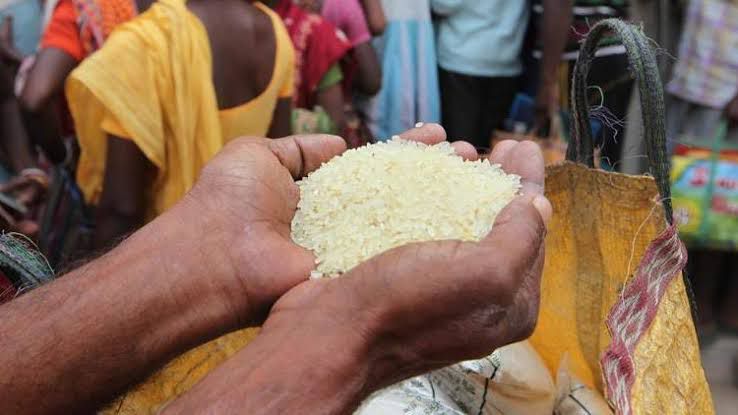
The State government on Tuesday said that the concept of plastic rice does not exist, a clarification that followed in the wake of allegations of the distribution of plastic rice through the public distribution system (PDS).
It is learnt that confusion arose from miscommunication and misinformation, as the appearance of fortified rice may differ from regular rice. The Food Corporation of India reportedly procures fortified rice. Fortified rice is rich in iron, folic acid and vitamin B-12. According to reports, similar misunderstandings occurred in other states due to a lack of knowledge, but, the officer reiterated, there is no plastic rice being circulated.
In Goa, around 3,000 tonnes of food grains are distributed to ration card holders through 451 Fair Price Shops every month. A couple of years back the Food Safety and Standard Authority of India (FSSAI) had reportedly informed consumers that the rumours on plastic cabbage, plastic kurkure, plastic rice and plastic egg are a hoax.
It was unlikely that plastic rice would be imported to India as it costs much more than normal paddy. Secondly India produces enough paddy and doesn’t need to import rice from China. Dr Nagappa G Malleshi, former head of Grains, Science and Technology, Mysuru, explained that rice is 80 per cent starch which makes the cooked rice swell and sticky. So when it is mashed and made into a ball, they entrap air and therefore bounce. He also clarified that plastic rice cannot absorb water nor can it cook. It will only melt and burn.
Reports about plastic rice are likely incorrect, according to a food expert who says it could have been actual rice that had been poorly stored for up to a decade. Chris Elliott, professor of food safety and founder of the Institute for Global Food Security at Queen’s University Belfast, said he has been investigating rice fraud for a number of years.
Plastic rice is not made from plastic, it is rice that has been stored for up to 10 years and not stored particularly well. The rice had become badly contaminated with moulds and instead of that nice white colour, had turned into an unpleasant green colour and what the fraudsters had done was they had taken that rice out of the stores and bleached it to get back the white colour.
The only problem was whenever you bleach rice it loses the nice shiny surface so to get that back they sprayed it with paraffin wax. With that paraffin coating on it, it didn’t cook properly, hence the reason it was called plastic rice.
The food safety department has, however, issued an advisory to help people identify the presence of plastic in rice. If the rice floats on the surface when put in water, it can be plastic. And if boiled rice does not develop fungus even after three-four days, it means it could be made of plastic or other synthetic material.